The use of films to bolster Nazi ideologies
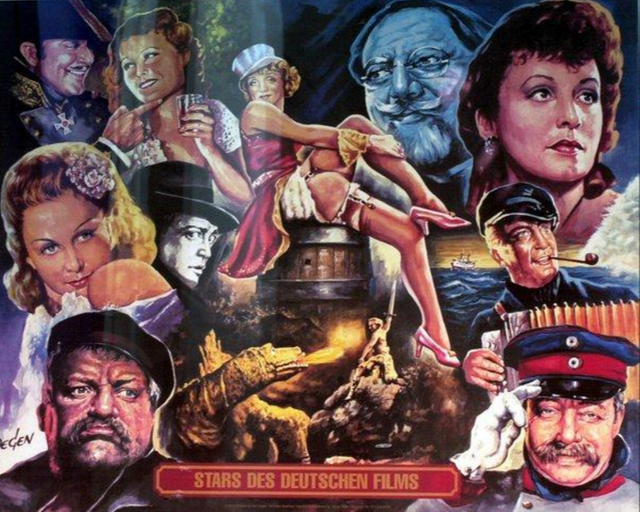
When the Nazi party began to take a foothold of Germany, they needed to change the perspective of the collective population to effectively pursue their agenda. Propaganda minister Joseph Goebbels vision was to take media and use it as a tool to influence the German people to adopt the mindset of the Nazi party through the use of propaganda in films.
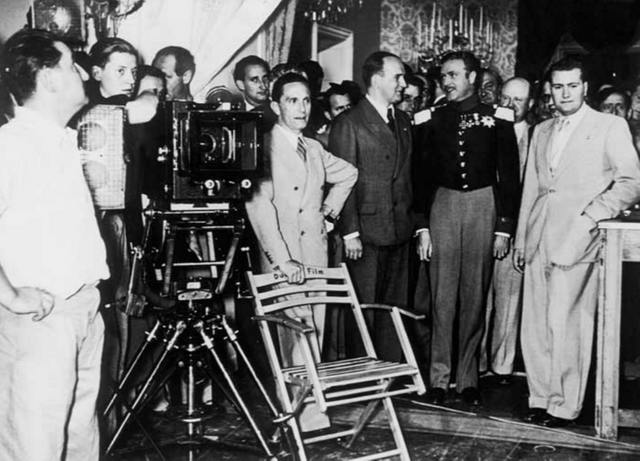
Ufa the German film studio applied the vision of Goebbels in various films beginning in 1933 up until the end of World War II spreading the message of the Nazi party and its ideology. The message that was being presented in these films was very direct, yet subtle in some cases, and in other cases, this message of propaganda was presented in a crude manner that was very upfront and unsophisticated. These films central goal was to announce to the German people who the absolute leader was in Adolf Hitler, to distinguish the societal roles of men and women in Nazi Germany, along with demonizing the Jewish people who are presented as the inherent enemy of the German people. This mindset is used to condition the German people under the Nazi ideology that will usher in the Second World War, and forever taint the national legacy of Germany as they attempt the systematical genocide of Jews throughout Europe.
The two films “Jud Suss” and “Kolberg” convey a clear message instilling the mindset that the foreigner is the intrinsic enemy of the German people.
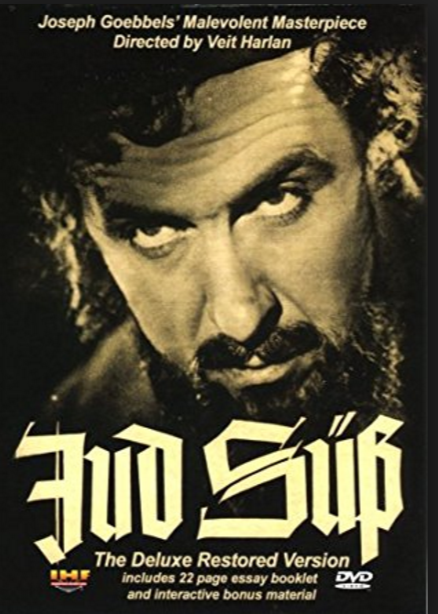
In the film “Jud Suss” a foreign entity that is the enemy of the German people was the Jews. The audience of this film will obviously see that the demonization of the Jewish people is not a subtle or benign venture.
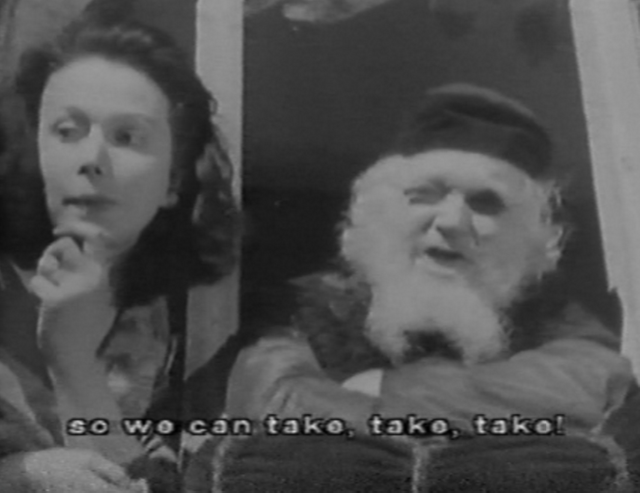
Rather in a very tasteless manner director Leni Riefenstahl played to the emotions of those that already hate Jewish people, by doing this he is planting the seed in those who are either on the fence about Jewish people or those who are easily persuaded to hate them. He does this in a sly but smart manner in the scene when Dorothea comes back from market complaining of high prices of meat and Vegetables in the town of Stuttgart. Dorothy’s father and fiancé discuss the underhanded tactics of Oppenheimer and his collection of tolls.
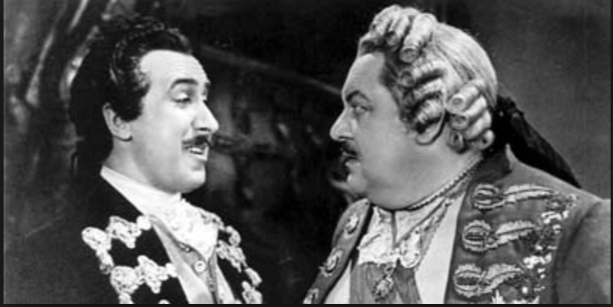
With the fiancé being wary of the situation the father replies “the Jew is not smart, the Jew was cunning”, meaning Oppenheimer scheme of siphoning wealth from the people doesn’t make Oppenheimer tactically smart, but rather a conniving and deceitful, and this is how German should see all Jews.
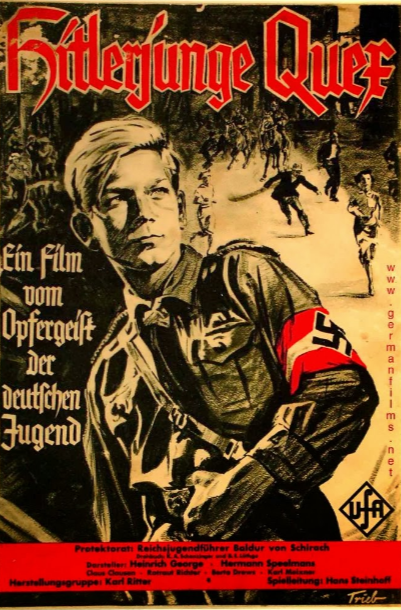
The theme of Germany being under the attack of the foreigner is continued in “Hitler Quex” in the scene where Vater Völker and the local leader of the Communist youth were in the bar having a drink, they then conversed on where their true loyalty lies. Director Hans Steinhoff did an excellent job using Vater and his conversation with the Communist leader by appealing to the emotions of the audience and those who may be Communist by saying, you may be communist, but you are still German at the end of the day. The overarching theme being sent to all Germans in this segment of the film is that you have a duty to defend and uphold the prosperity of the fatherland.

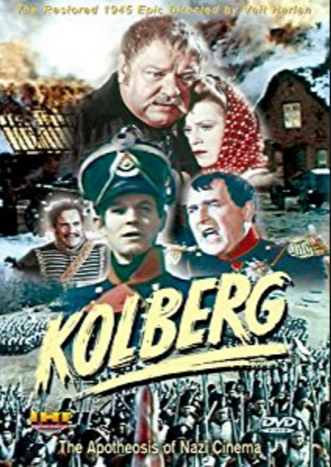
This theme is continued in the two films “Triumph of the Will” and “Kolberg” by hammering the point that the German people have risen from the ashes of the why my Republic to defend and uphold the prosperity of Germany.

In “Triumph of the Will”, the final speech presented by Adolf Hitler lay down key principles for his people. In this speech Hitler does not mention the Jewish people in name, but he says that Germany must rid itself of “undesirable elements” that do not benefit the prosperity of the nation. He also said that the Hitler youth and the people that believe in the ideology of the Nazi party, must swear to the slogan of “I will fight”, and this will be the national rally cry that will mobilize the nation to initiate any war effort or doctrine handed down by the Nazi party. Hitler also made mention in his speech that the younger people most importantly the Hitler youth, are the vision and the backbone of the nation to take them forward to prosperity, and the older generations vision for the nation is what plagues Germany.
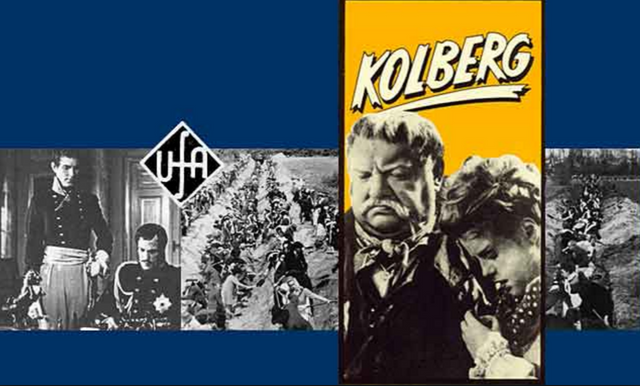
Director Veit Harlan does an excellent job of conveying the idea in the film” Kolberg”, that the German people must defend their homeland from all foreign enemies, in this case, it was the French. The essence of the Siege of Kolberg is captured in this film but is also a fictionalize microcosm of the situation Germany was currently going through when the film was premiered in 1945 as they were engaged in World War II. In the scene where the townspeople walk locked arm in arm with the military shows the enduring will of the German people, and it confirms the traditional mindset that the German people intrinsically had a slogan of “I will fight even during the siege of Kolberg”.
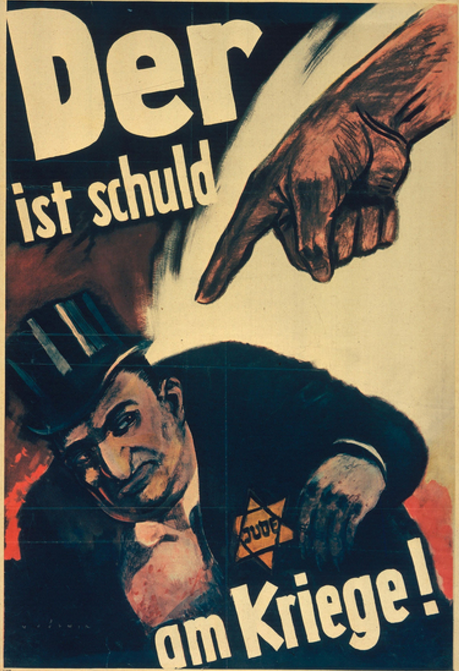
The driving force of these four films is celebrating the inherent fighting spirit and nationalist fervor of the German people. These films also identify the French and Jewish people as a longtime adversary of the Fatherland. They also identify the threat of things foreign and German people must oppose it at all costs whether it be Jewish, French, or communism. The common thread in these films is the national ideology of fighting for the Fatherland at all costs in the name of the Nazi party must be the new indoctrination for the youth particularly those in the ranks of the Hitler youth. The propagandist message of Goebbels, the film “Triumph of the will”, culminates this message with the propping up of Hitler as the Messiah of the German people that would relive the despair created by the Weimar Republic, and has ushered in a new era of German prosperity.
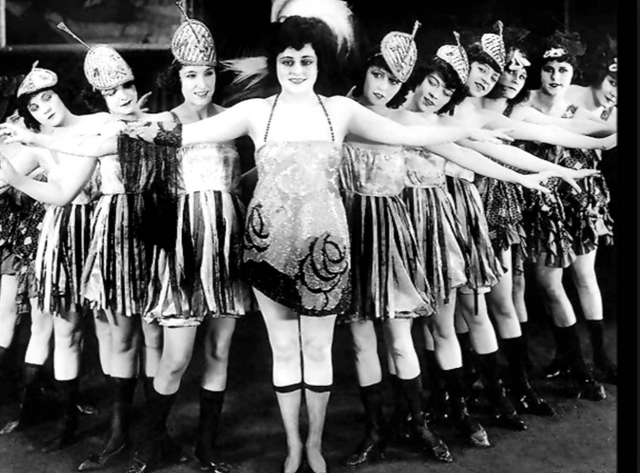

The role of women during the Weimar Republic vs Nazi Germany
During the 1920s into the 1930s of the Weimar Republic, the role of women in Germany and their lifestyle choices were going through a transitional period. Women started adapting the flopper personality and characteristic traits, which was commonly seen in American jazz clubs. Many traditionalists within the German community felt this was a turn for the worst as their women were neglecting their roles as nurturers of the home and fostering moralistic attitudes. Rather these women adopted a new lifestyle of flamboyant and overly sexual aesthetics, coupled with a look that was deemed to be non-Germanic and foreign. Particular films during the Weimar Republic showed the adaptation of American lifestyle and flamboyance in German women, which denounces the traditional ways of the German woman and her role in German society.
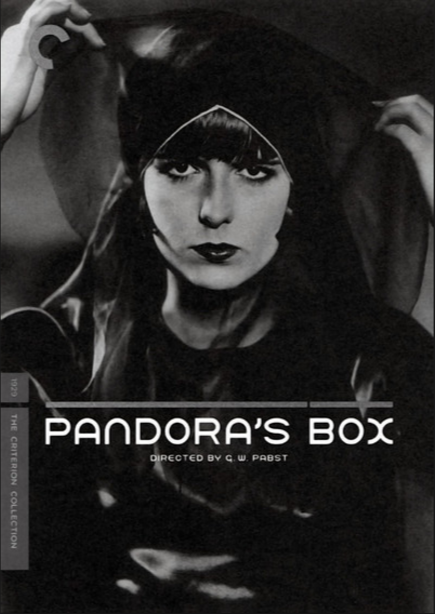

Two Weimar films in particular that show the newfound lifestyle and personality of German women are “Pandora’s box” and “The Blue Angel”. The two heroines in these Weimar films, Lulu and Lola Lola are similar and different in their attitudes and in the way they carry themselves. Directors D.W. Griffith of “Pandora’s box”, and Josef von Sternberg of “The Blue Angel” do not openly condemn their heroines in these films, but rather alarmed men of these types of women, and warned their women not to live vicariously through these characters.
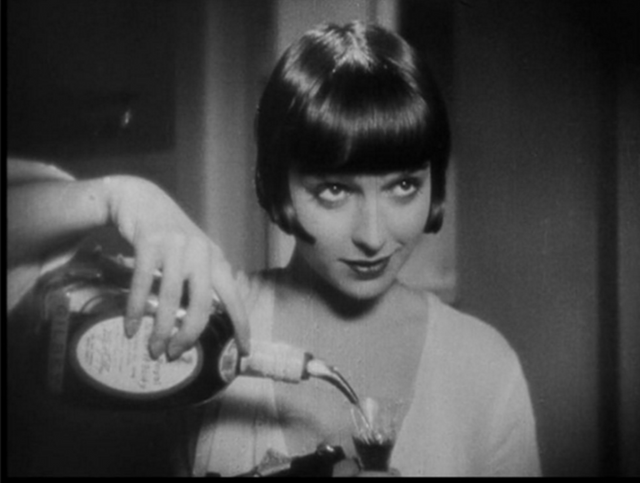
The director for Pandora’s box garnered sympathy for Lulu by depicting her as an aloof character who is not aware of the dangers he puts herself in or the people she engages with. One instance shows Lulu at home looking at a magazine that showed someone swimming then all of a sudden, she wants to take a bath, even though she should be more concerned with maintaining her freedom. This does not show a person who is very much in tune with being a catalyst for the systematic and conscious destruction of men. Another instance of Lulu’s carelessness is in the train car where a man lights a cigarette for her, and afterward, he recognizes her picture in the newspaper. This is to show she has not concerned again with maintaining her safety, and that she is a hazard to herself and others, although she is not aware of this.
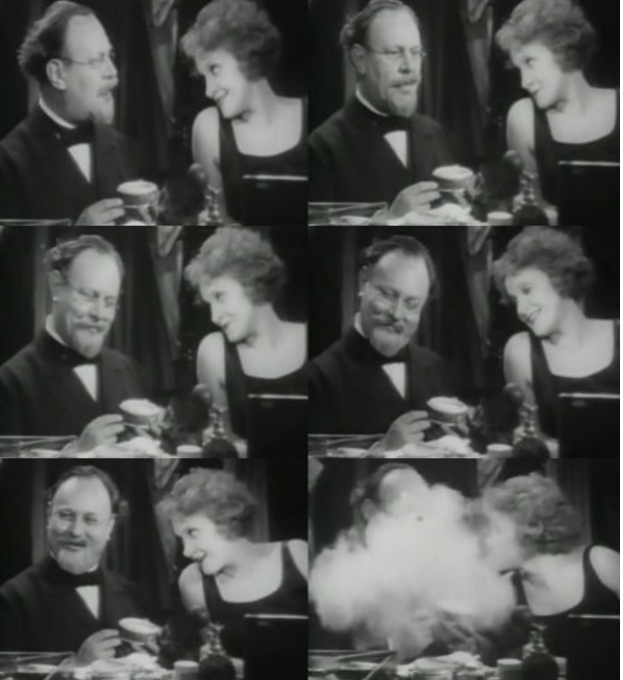
The depiction of Lola Lola on the other hand is the kind of woman who is very much into with her mischievous ways, but she simply has no self-governance over these impulses. The director depicts this in the scene where Lola is singing to the professor. In her song, she says that she cannot help the things she does because love is a game to her. This is a subliminal warning not only to the professor but men who are watching this film to be cautious when approaching nontraditional women like Lola because it leads down a path of destruction.
These two time periods are depicting German women in drastically different aspects. The two Weimar Republic films do not present these women in a manner that was moralistic or ethical. On the other hand, the women of the Nazi period were depicted as proactive traditionalists, who not only had nationalistic pride but also showed they acquire a sense of duty when they are filled with nationalistic pride. Propaganda minister Joseph Goebbels used different approaches in depicting women during the Nazi film era but presented continuity in the way he illustrated how a German woman should think and carry herself. The German woman presented in these films was the prototype for all German women, and this prototype would be essential in fostering Nazi ideologies throughout the society, particularly in the home.

If you enjoyed my work

All proceeds from upvotes on this post are going to more Steem Power.
fina bilder
Thanks :)
Well researched interesting article, Thank You.
Thank you for the kind words.
Great post upvote and follow you.
Follow me please.
https://steemit.com/film/@elenahornfilm/holocaust-lesson-in-germany-what-do-we-teach-our-kids-at-school
Hey @elumni! This film might be relevant to you..check it out. It's about the raise of neo-nazi in Germany and how German kids learn about the Holocaust.